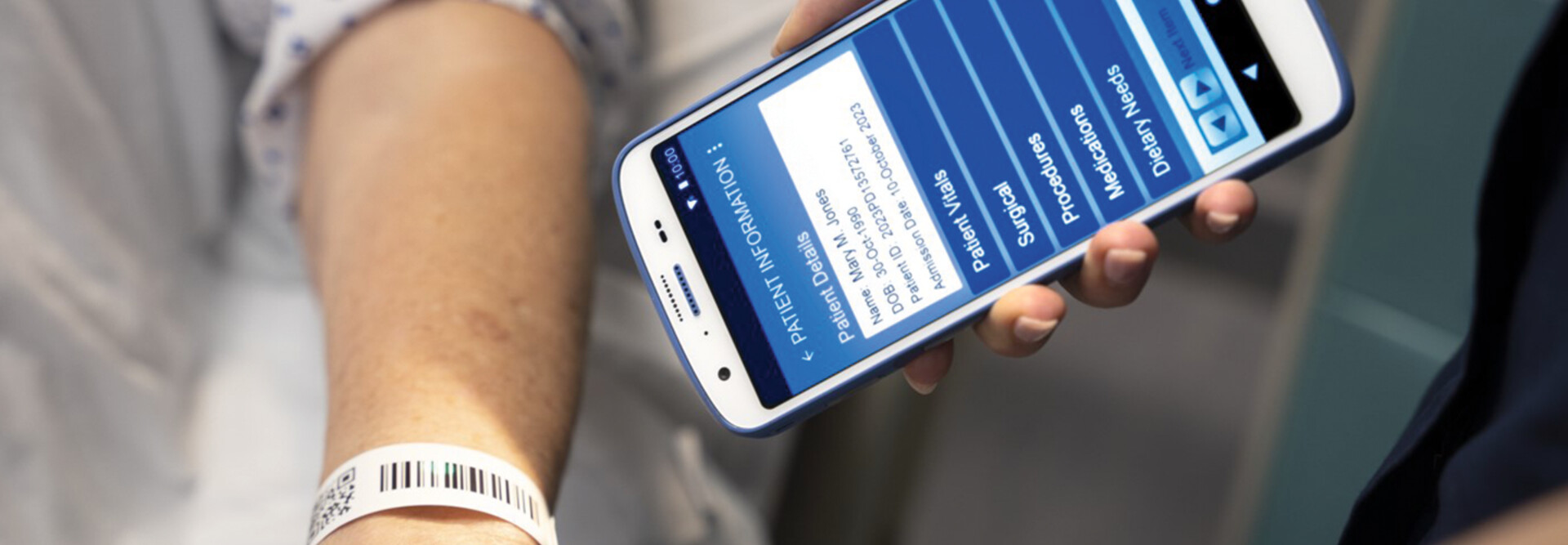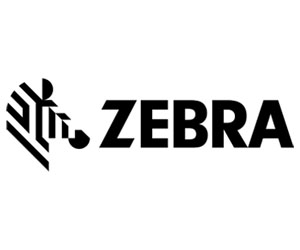Streamlining Clinical Workflows with Integrated Mobile Devices
Zebra’s mobile computing solutions are designed to integrate seamlessly with existing hospital IT systems and EHRs, enabling efficient and accurate documentation.
These mobile devices allow healthcare professionals to perform several tasks, eliminating the need for multiple handheld tools and improving overall workflow efficiency. Zebra devices can dock in a cradle system and provide the look and feel of desktop functionality without the heft of a Workstation on Wheels.
“Many hospitals use separate devices for barcode medication administration, secure voice and text communication, image capture, specimen collection and documentation,” McKnight-Young says. All of these functions can be consolidated into a single mobile computer, reducing device fatigue and allowing nurses to focus on patient care instead of managing multiple tools.
One of the key benefits of this streamlined approach is workflow automation and consolidation.
Zebra integrates with EHRs by providing superior scanning that supports workflows from third parties, including smart pump programming, blood transfusion and administering breast milk.
In one Midwestern hospital, Zebra devices are used for scanning during blood transfusions alongside the integrated EHR system, eliminating the need for verification by a second nurse. The use of barcode scanning, which cannot be tampered with during the process, ensures adherence to the “seven rights” — right person, right medication, right dose, right time, right route, right reason and right documentation — thus maintaining patient safety. “This eliminates the need for manual double-checking, reducing clinician workload while enhancing accuracy,” McKnight-Young explains. “It’s a great example of how technology can improve safety while also saving valuable time.”
EXPLORE: Here are 13 ways AI enhances healthcare operations, patient care and treatments.
Reducing Equipment Search Time With Real-Time Asset Tracking
Another significant challenge in healthcare settings is locating critical medical equipment such as bladder scanners, EKG machines and vein finders.
Searching for these tools wastes valuable time that could be spent on patient care. One hospital placed a locator app on the Zebra handheld and, coupled with a real-time location service, used it to find equipment and people.
Zebra’s real-time tracking capabilities rely on RTLS and RFID technologies to pinpoint the exact location of medical devices.
McKnight-Young recalled her personal experience as a nurse having to call multiple departments to locate a bladder scanner, a process that could take precious minutes.
“With Zebra’s mobile device, clinicians can simply search for the equipment on the device and locate it instantly,” she says. “This small change has a huge impact on efficiency, ensuring that patients receive care faster.”














